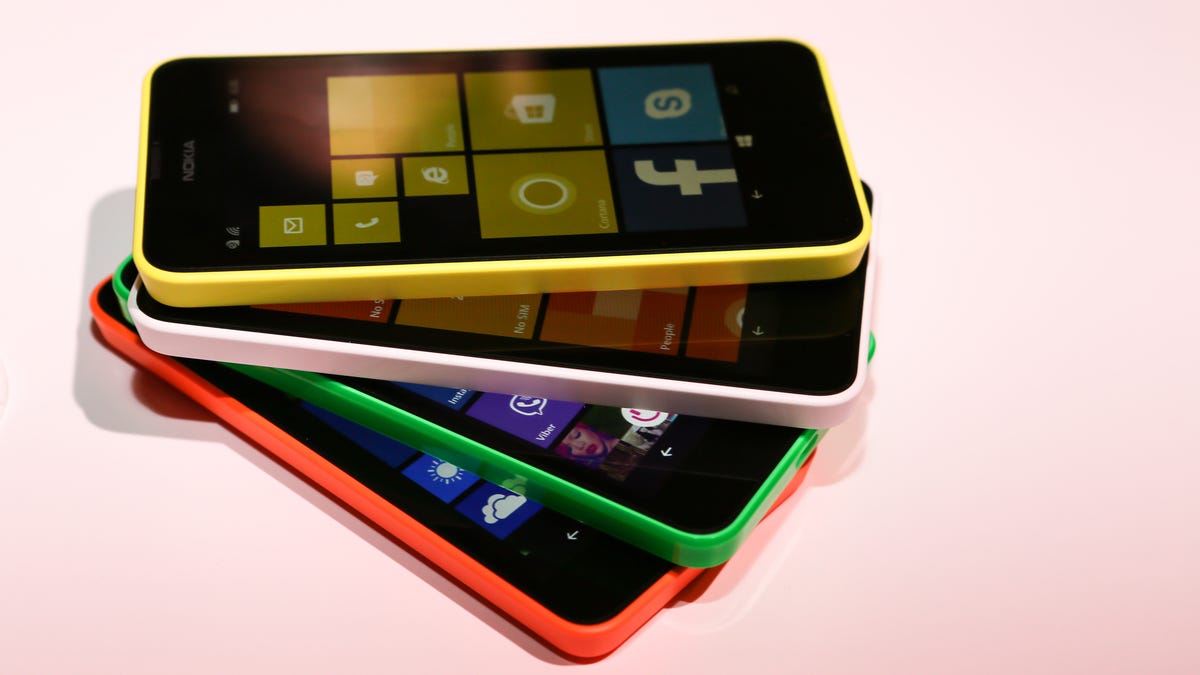
Josh Miller/CNET
Microsoft has been at a mobile crossroads before, staring down plenty of make-it-or-break-it moments in the three and a half years since Microsoft Windows Phone rose from the ashes of the Windows Mobile OS.
Related stories
- Microsoft building wearable fitness tracker, rumors say
- Nokia XL a large-screen ‘Android’, Asha hybrid
- Cortana coming to iOS and Android?
Striking out against the better-established iOS and Android has been no easy task, but Windows Phone has managed to hang on to a distant third place.
Now, in the weeks and months before Redmond releases its first Microsoft-branded smartphone from its Nokia buy, the company faces an entirely new challenge: becoming a phone-maker which controls the entire experience much like rival Apple does, from soup to nuts.
While I doubt much will change for the Lumia line in the near future, plenty about Windows Phone’s long-term growth and development is up in the air. Partnerships with other phone-makers have dried up, the Android-based Nokia X family throws a question mark over Microsoft’s vision, and it isn’t clear how Microsoft will translate Windows Phone to a smart watch. Nokia’s legacy as a quality hardware-maker hangs in the balance.
Here’s the lay of the land.
Sustain Nokia’s spirit versus starting something new
For the past few years, Nokia has been nearly synonymous with the Lumia line, but before that, the company was one of the most influential in cell phone history. True, it’s been a long time since Nokia dominated the cell phone world with its sturdy candy bar designs, but its legacy of distinctive design and strong image quality is one that Microsoft will decide to either continue or mutate.
Right now we know that Microsoft is hanging on to former Nokia designers in Finland, but we don’t know much about their autonomy, their marching orders, or if there will be any significant job cuts.


Josh Miller/CNET
Also unknown is how Microsoft’s corporate culture and internal hierarchy could affect phone development. In theory the transition from Nokia-made phones to Microsoft-made phones should be relatively smooth, since former Nokia CEO Stephen Elop (who worked at Microsoft before hopping over to Finland) is back as EVP of Redmond’s Devices Group, which also includes the Xbox and Surface tablets.
It’s just too soon to see where Elop will take Microsoft’s phone business, how closely the hardware and software teams will be able to work, and if handsets will continue to look like today’s Lumia phones, or will take on an aesthetic more akin to Microsoft’s tablets or gaming console.
Juggling hardware and software isn’t easy
Being an all-in-one phone shop makes Microsoft the only other public company right now attempting to design both hardware and software products, apart from Apple.
Palm, BlackBerry, and Nokia (in its pre-Windows Phone days) all failed, crippled by updates that were often too slow in coming, too specs-poor, too expensive, or all three.
Mastering both a world-class operating system and impressive handsets to house it is very difficult and requires a tremendous amount of coordination and communication that Microsoft will try to manage from offices across the globe in Washington state and Finland.
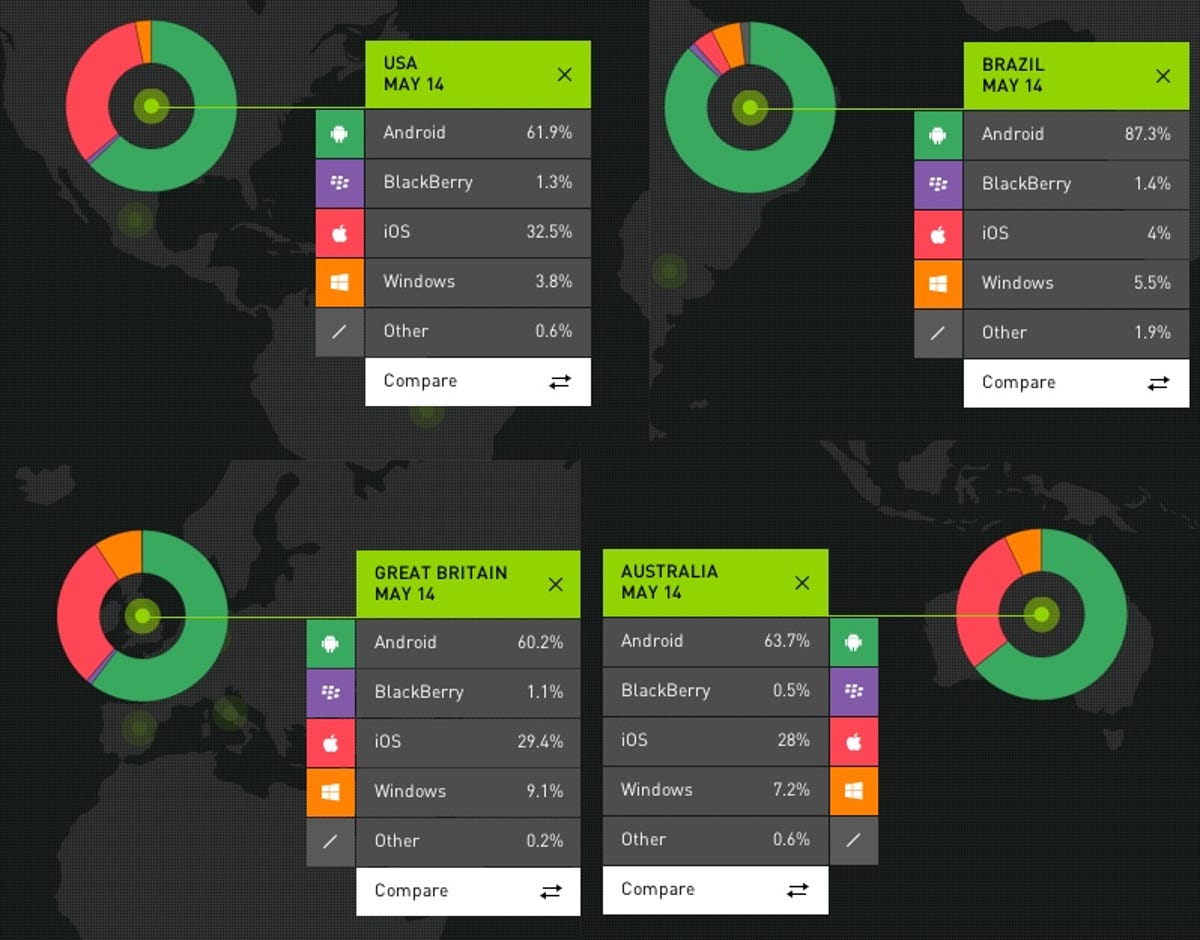

Screenshot by Jessica Dolcourt/CNET
There’s also the question of working with global distributors to sell phones. Throughout the years, Microsoft has taken a supporting role with carriers and retailers to help market and sell phones. It’s been more hands-on throwing resources behind the Lumia models, but this could be a tougher negotiation for a company that isn’t practiced at dealing directly with network operators.
Where does Nokia X fit in?
The bizarre Nokia X family of phones and software platform is another challenge area for Microsoft, mostly because the company has to figure out whether to hold it or fold it.
Built by Nokia on the Android Open Source Project code, the custom Nokia X Software platform represents a mixture of Android-approved apps, Microsoft services, and the simple Nokia Asha look and feel.
Nokia: A long and innovative history
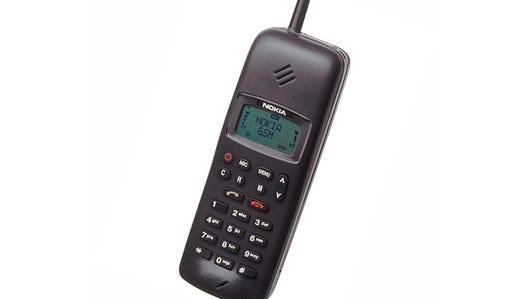

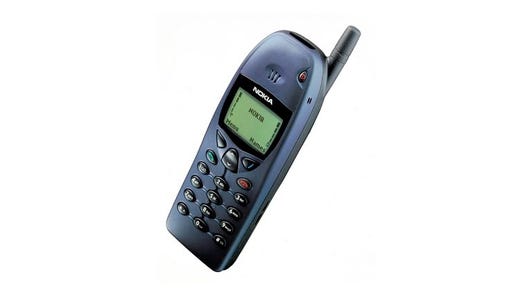

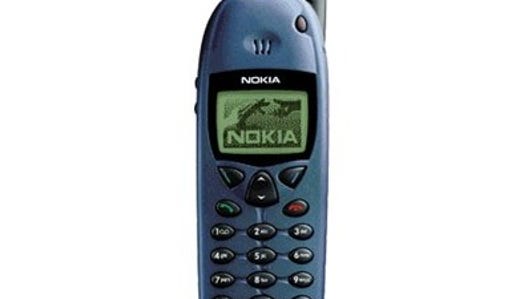

+27 more
Aimed at emerging markets, the Nokia X phones compete with low-priced Windows Phone Lumias as well as with entry-level Android phones. There are peripheral benefits for Microsoft if Nokia X makes inroads, mainly signing more people on to Microsoft-owned services like Skype, OneDrive cloud storage, and Bing.
I’m still not sure what to make of the whole Nokia X bundle, but for my money, I say Microsoft should scrap the hybrid experiment and re-task Nokia X’s budget and developers (who operate apart from the Windows Phone group, by the way) to work on the core Windows Phone code.
Smartwatch: A risky gamble Microsoft has to take
Despite the fact that smartwatches are still super-niche add-ons that people just aren’t buying in droves, Microsoft will have to build and sell a smartwatch if it wants to keep up with the times.
The latest rumor describes a Microsoft-made band that works more like an LED-powered Nike FuelBand than like a Samsung , LG , or Pebble watch with an LCD or AMOLED display. If true, a lower-tech smart band is a risky approach when positioned against comparatively sophisticated watch faces with more advanced second-screen capabilities.
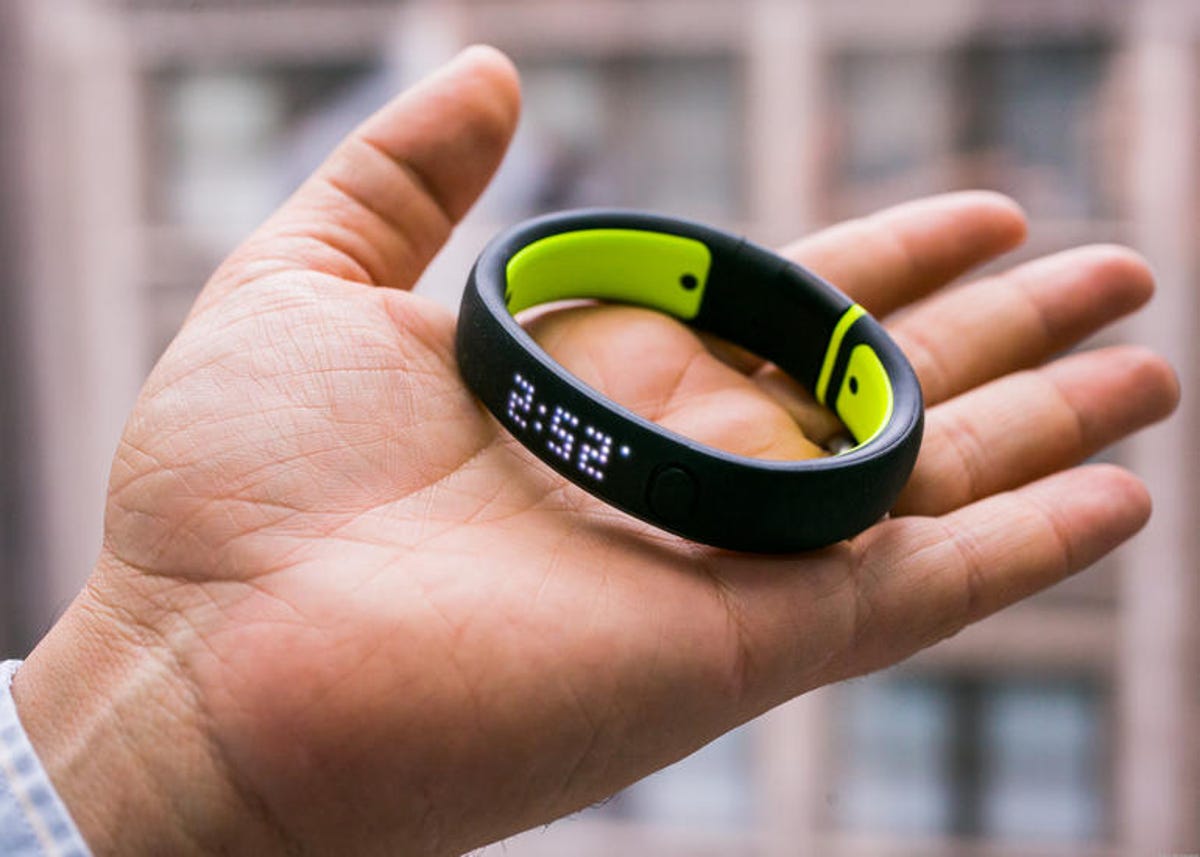

Sarah Tew/CNET
In terms of wearables, Microsoft has an opportunity to make something less expensive for the masses, though it’s equally important for it to turn out a smart watch with capabilities comparable to Android Wear watches and Apple’s rumored iWatch.
How nimble Microsoft can be in bringing a new device like this to market will be a test of its new role as a mobile device maker.
The (rocky?) road ahead
In theory, bringing phone hardware in-house gives Microsoft the end-to-end control that could help it make great smartphones and even wearables, mainly because cutting out the middleman lets the hardware and software design dovetail.
In reality, that might not happen. As with any company, bureaucracy could weigh down production and design, or Microsoft might arrive too late to wearables to make a mark there. Cheaper Android and iOS products could undercut future Lumia phones. Microsoft may have to build better carrier and retailer relationships over time, and Windows Phone OS might not develop rapidly enough to catch up to competitors.


Josh Miller/CNET
In this first post-Nokia phase, Microsoft will have to unite both sides of the hardware and software business to continue creating attractive, well-made hardware sold at an envelope-pushing price.
The phones, and maybe smartwatch or smart band, will need to have features on par with competitors, and moreover, they’ll need to arrive before the trend has passed. Microsoft will have to navigate the pitfalls of that have plagued so many other hardware-and-software brands before.
Microsoft’s devices division declined to comment on this story.



